Celebrating Christmas becomes popular
The Roman celebrations of Christmas started around the year 350. It became popular and spread quickly during the Middle Ages. The pope in Rome decided that old pagan traditions should be replaced with more Christian ones. In the 9th century, the Christmas holiday was given its own ceremony, the Christmas ceremony.
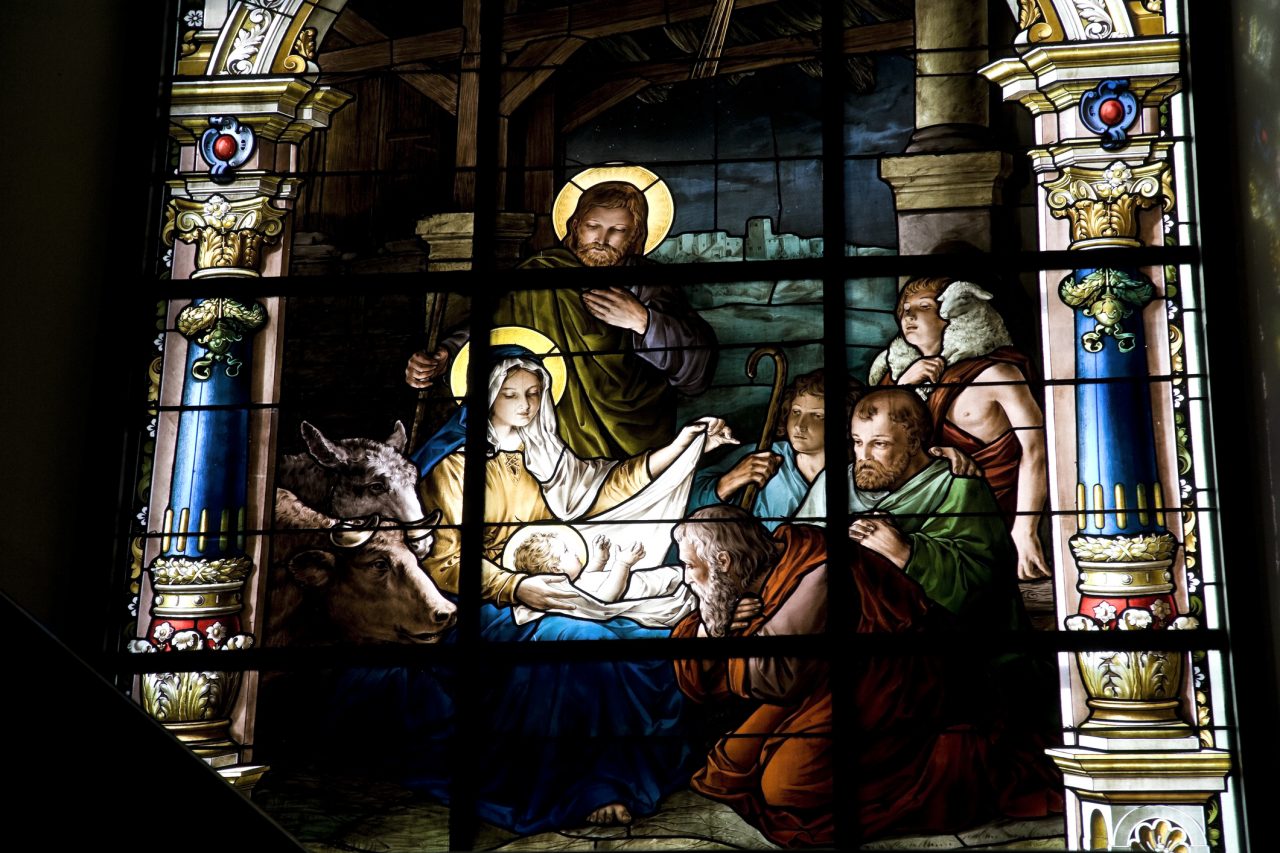
Farget glass i Tyska kyrkan i Gamla Stan, Stockholm
Christian Christmas celebrations come to Norway
It took several centuries for the Christian Christmas celebration to reach Norway and the Nordic countries.
Around the time of 930 AD, Haakon the Good tried to introduce Christian Christmas celebrations in Norway. Haakon the Good was raised in England and was a Christian. It took some time for people in the northern countries to adjust to the new religion and holiday. Many wished to continue with the Norse celebration of Jól. Around 1000 AD, the country became Christian and the new celebrations replaced the traditional jólablót.

Illustrasjon, Christian Krogh, Håkon den godes saga, Heimskringla (1899)
Christmas in the Middle Ages
Several pagan traditions were continued, but now in a Christian way. Brewing beer for Christmas was still important, though it was no longer done to honour Odin and Thor but rather for Christ and Mary.
Being kind to those around you is an important Christmas message. It became common to give gifts to the poor. This made it possible for the poor to swap the porridge for meat and fish during the Christmas period. You may have heard about Boxing Day, which is a British tradition? This is about putting gifts in a box to give to the poor.

Illustrasjon av øl på en tre bakgrunn
New and old traditions
It became common to decorate the house with plants such as holly. Advent became a new tradition, as did Christmas mass in church. Songs about the birth of baby Jesus became popular.
The nisse is a Nordic mythological creature connected with the winter solstice and Christmas. The fjøsnisse is a special type of nisse that is said to live in barns. The fjøsnisse looks after the animals on the farm and drives away evil spirits.
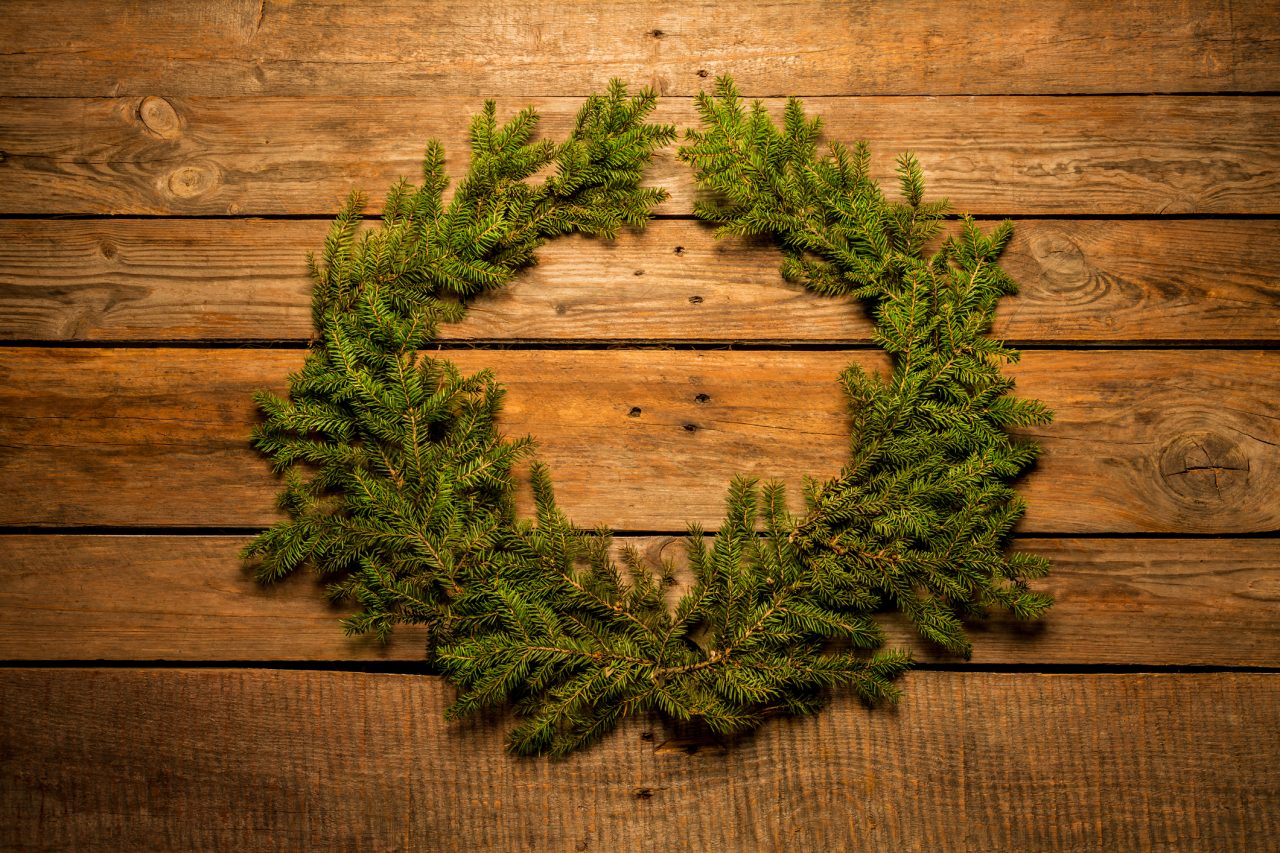
Julekrans lagt på en tre bakgrunn
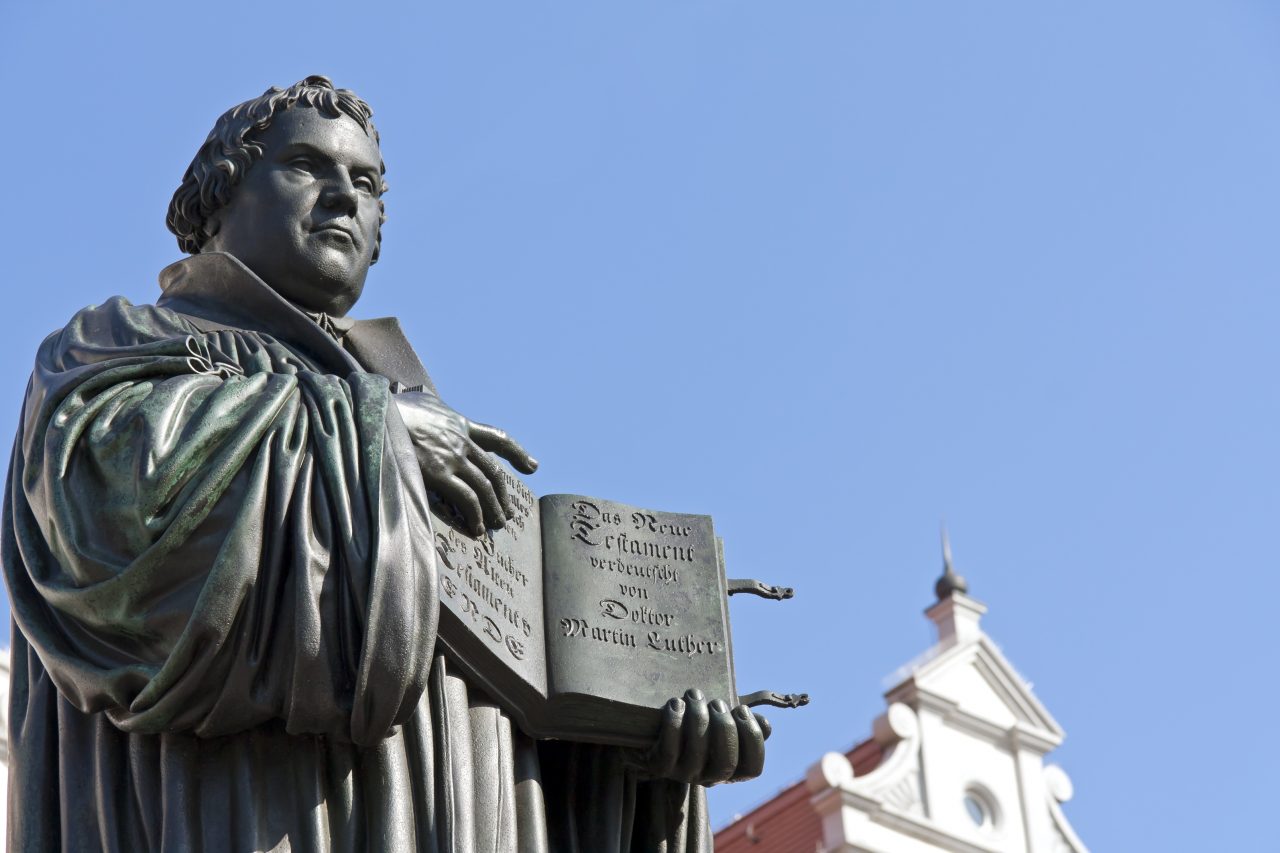
Statue av Martin Luther i Wittenberg, Tyskland
New Christmas traditions in the 19th century
A lot of new Christmas traditions came to Norway in the 19th century. These traditions would often at first be introduced amongst the rich, and eventually become more common with the rest of the people. The Christmas tree is just one such example. Christmas presents were not a new concept, but they had only been given to adults before. Now children also started to get presents. The presents were often practical gifts such as clothes and shoes. In addition to the traditional fjøsnisse, the new nisse wearing red clothing and bearing gifts became popular.
Cookies were later introduced as part of the Christmas celebration. Towards the end of the century, Christmas cards became an important tradition.
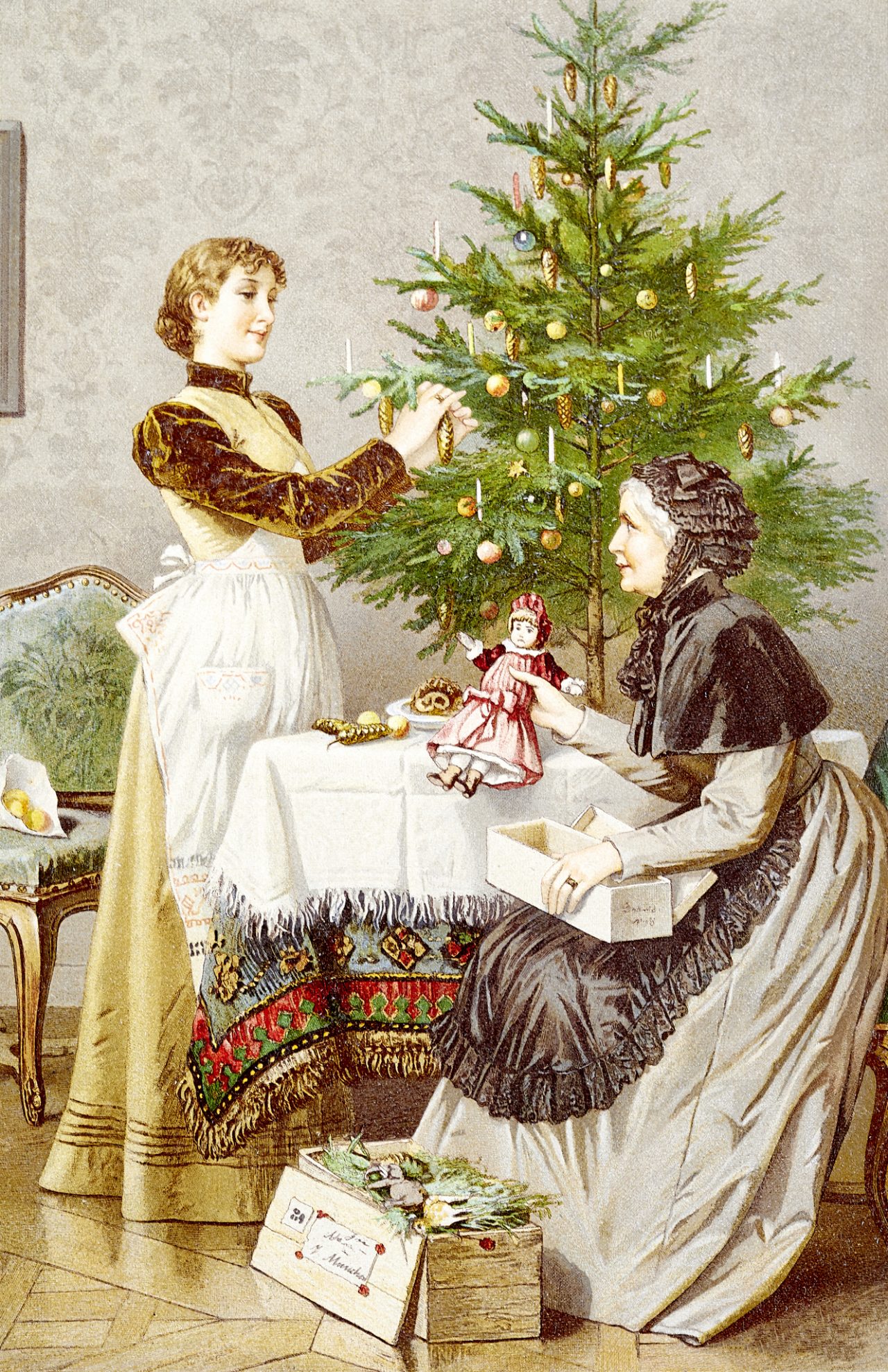
Christmas and poverty in the 19th century
In the 19th century a lot of people moved to towns to work in the new factories. Many of these people lived in poverty. The safety net of the large family in the countryside was far away. Charles Dickens wrote about Christmas in the mid-19th century. Among other things, he wrote that Christmas was for the rich and wealthy. The Salvation Army, which was founded in England at this time, helped the poor. The Salvation Army’s tradition of collecting money for the less lucky at Christmas time is a tradition that is still important today.
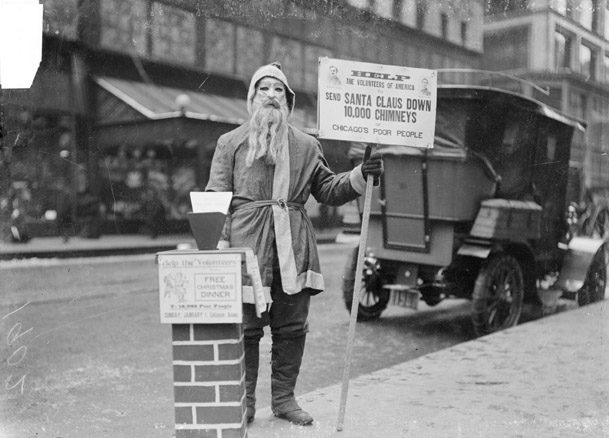
Chicago, Julenisse i 1902
Alternative Christmas
Alternative Christmas is a free event that started in 1969. It began in Oslo, but can now be found in many of Norway’s towns and cities. Poor people, drug addicts and the homeless are invited to Christmas celebrations. The event also welcomes many people who are lonely, or who have no family, to join together for an Alternative Christmas. The event is open to everyone.
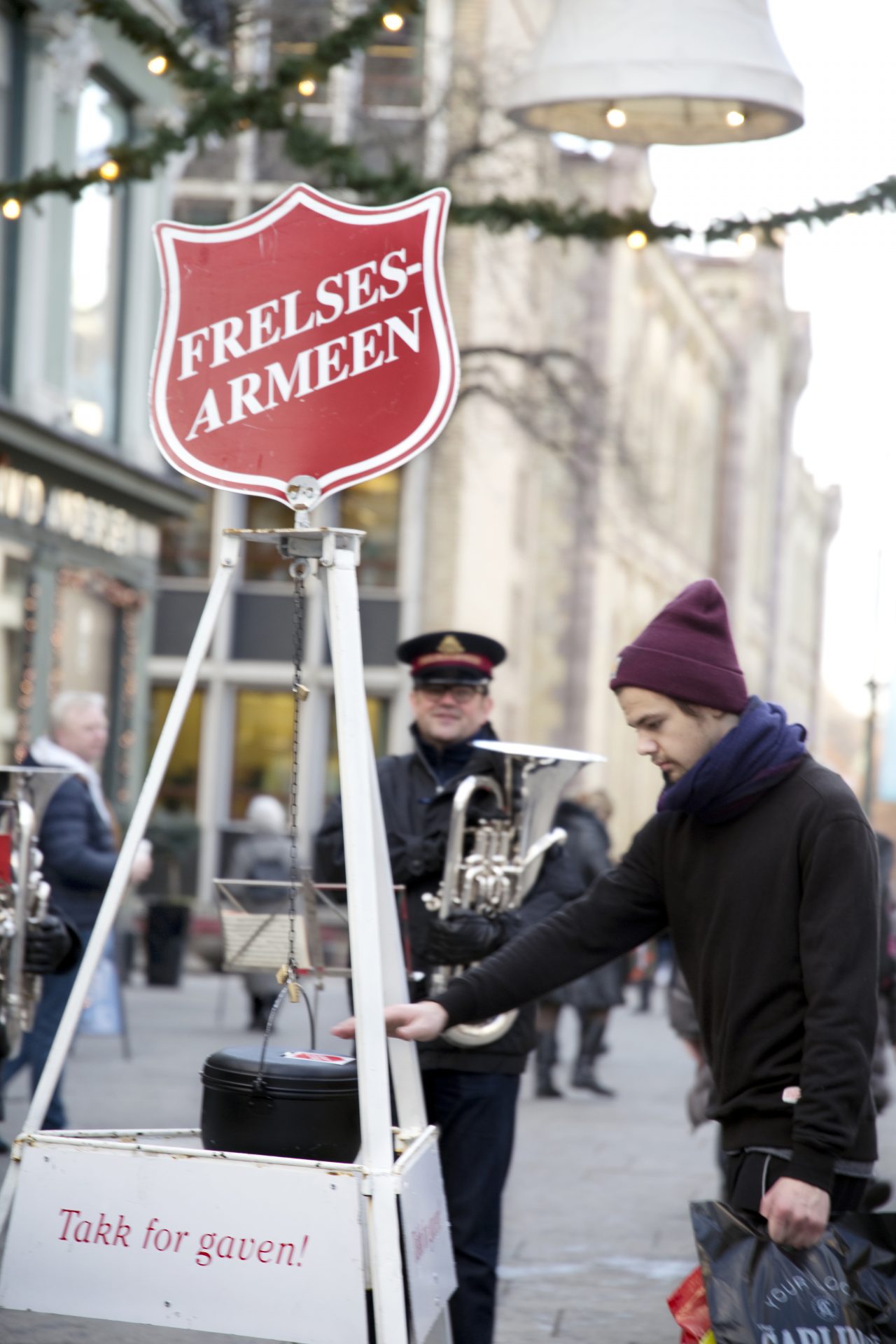
Hitler wanted to change Christmas
Hitler and the Nazis didn’t like the traditional Christmas celebration. They didn’t feel that celebrating baby Jesus, who was Jewish, was right during the Second World War. They wanted to change the Christmas celebration to reflect pagan and Nazi symbolism. In Norway, the Norwegian flag was banned, as was the red hat for Santa Claus. Red was seen to be a symbol of freedom. People didn’t like these bans, and Norwegians continued to celebrate their traditional Christmas, legal or not.
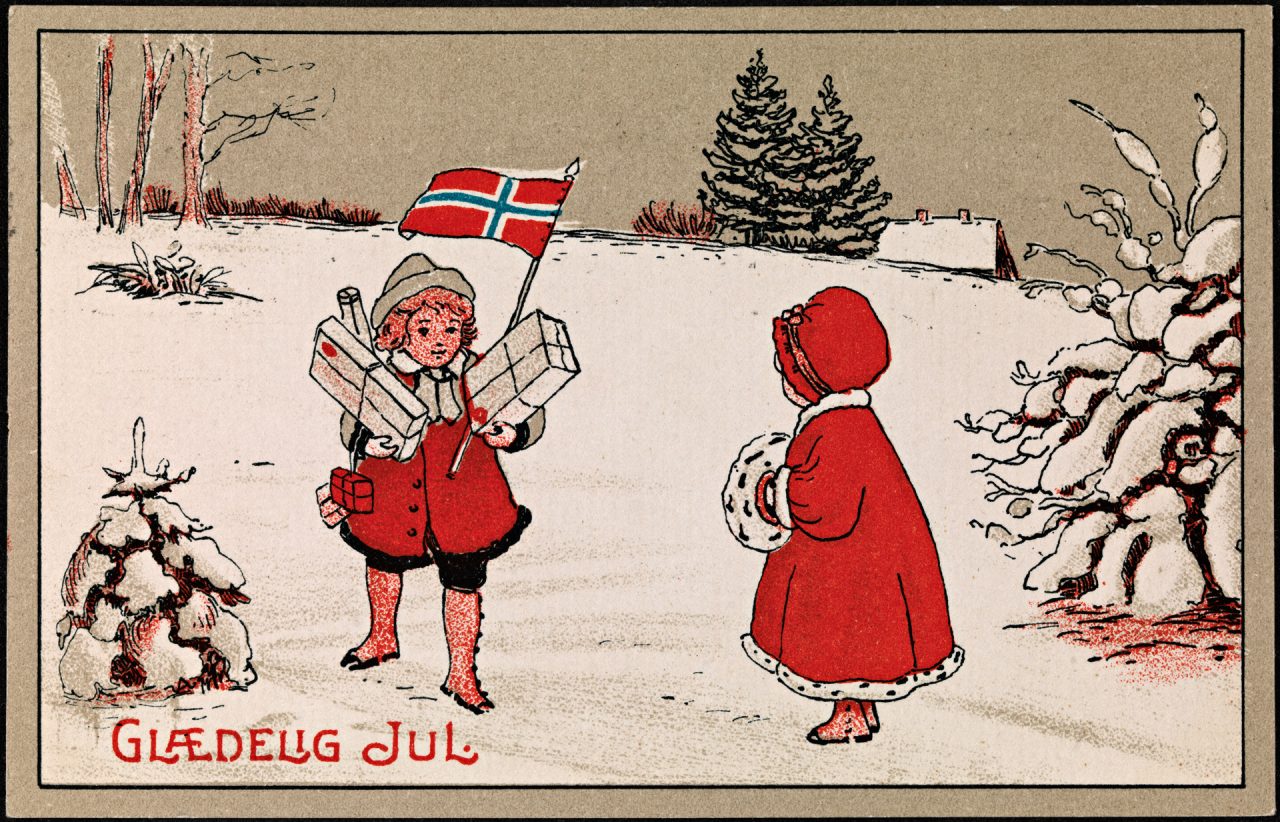
Julekort under krigen
Spending continues to increase at Christmas
Every year, Norwegians spend large sums of money on their Christmas celebrations. The level of spending grows every year. In 2019, the average Norwegian spent 10,700 NOK on Christmas presents, food, clothes and decorations, according to Norwegian Statistics. How much money we spend on Christmas is obviously an individual choice, but we should certainly think about what Christmas is really all about. And how many things do we really need?
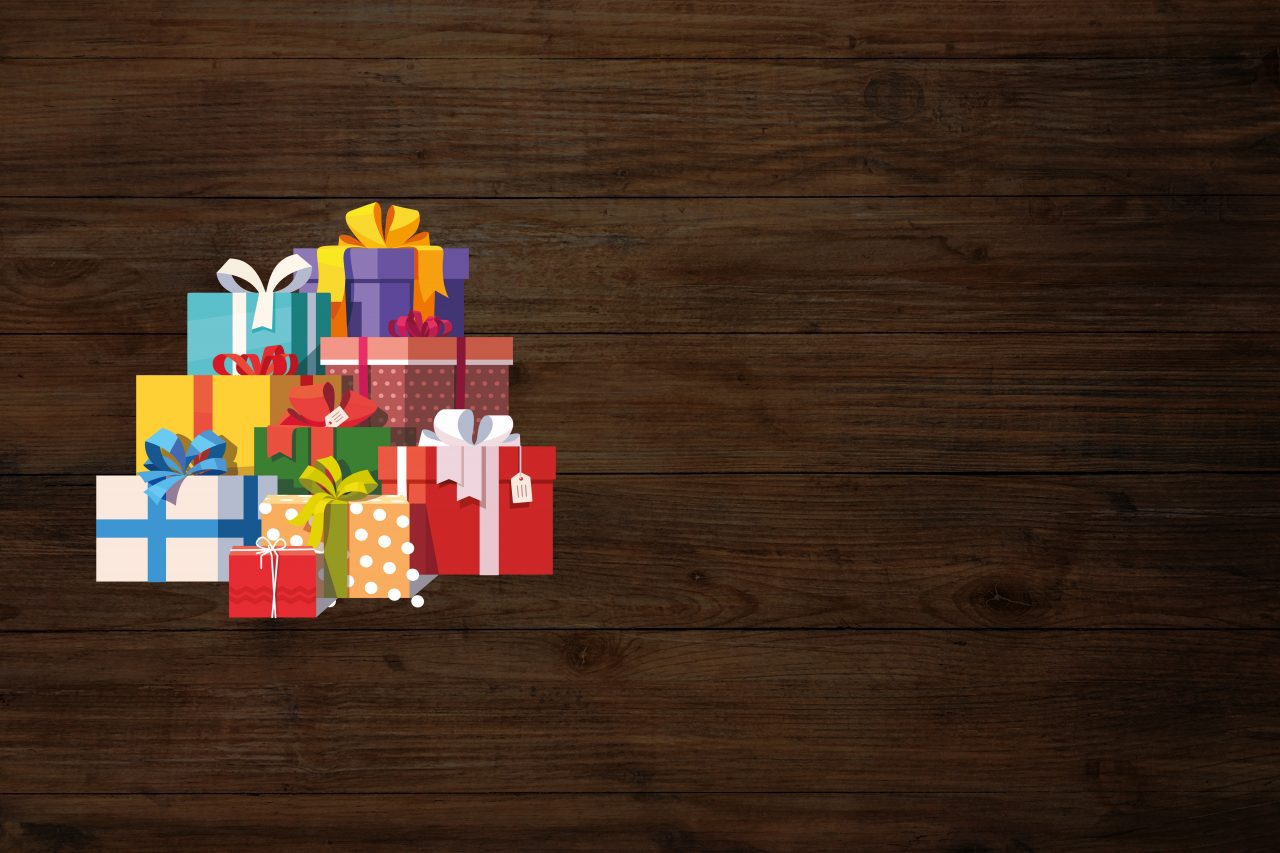
Illustrasjon av julegaver på en tre bakgrunn

Gammelt postkort bakgrunn uten tekst
Sources:
- Historien om Jesus og hans samtid (2020)
Orage Forlag AS
- uit.no (11.11.2020): Når begynte nordmenn å feire jul?
https://uit.no/nyheter/artikkel?p_document_id=398207
- Forskning.no (11.11.2020): Gleðileg jól
https://forskning.no/jul-sprak/gleileg-jl/945493
- human.no (11.11.2020): Juletradisjoner og julens historie
https://human.no/artikler/jul-og-julefeiring/julens-historie/
- historienet.no (11.11.2020): Vikingenes jul var preget av alkohol
https://historienet.no/sivilisasjoner/vikinger/vikingenes-jul-var-preget-av-alkohol
- imperiumromanum.edu.pl (11.11.2020):
https://www.imperiumromanum.edu.pl/en/roman-religion/gods-of-ancient-rome/list-of-roman-gods/sol-invictus/
- Wikipedia (hentedato: 16.11.22): Nisse (folklore)
https://en.wikipedia.org/wiki/Nisse_(folklore)
Media Rights:
-
-
Getty Images
-
Christian Krogh
-
Getty Images
-
Getty Images
-
Getty Images
-
Getty Images
-
Chicago Daily News
-
Skjefstad (CC BY–SA 4.0)
-
Ukjent
-
Getty Images
-
U.S. Embassy Oslo – YouTube
-


